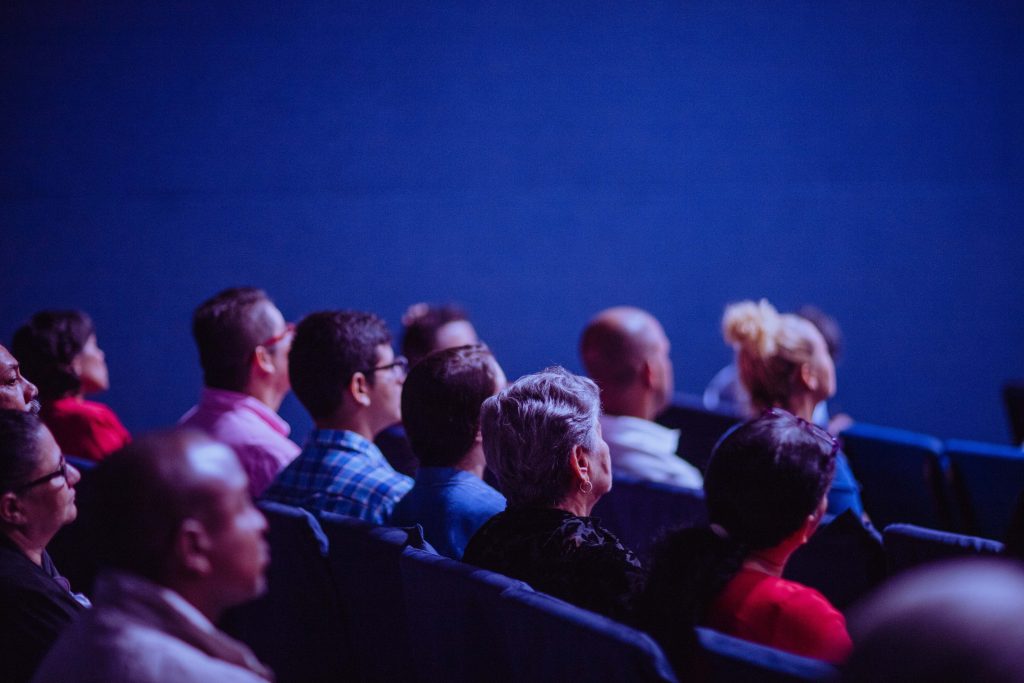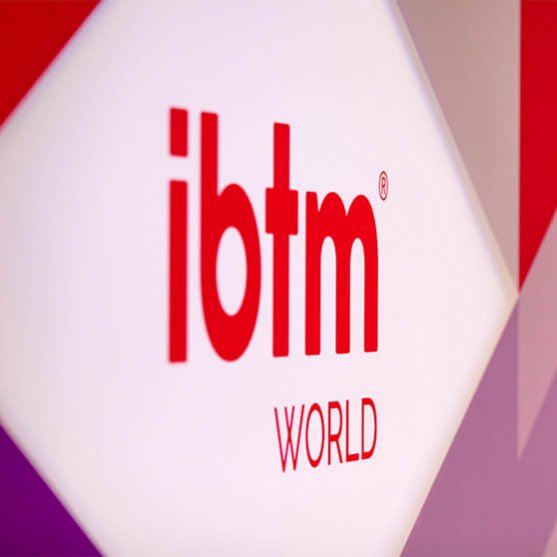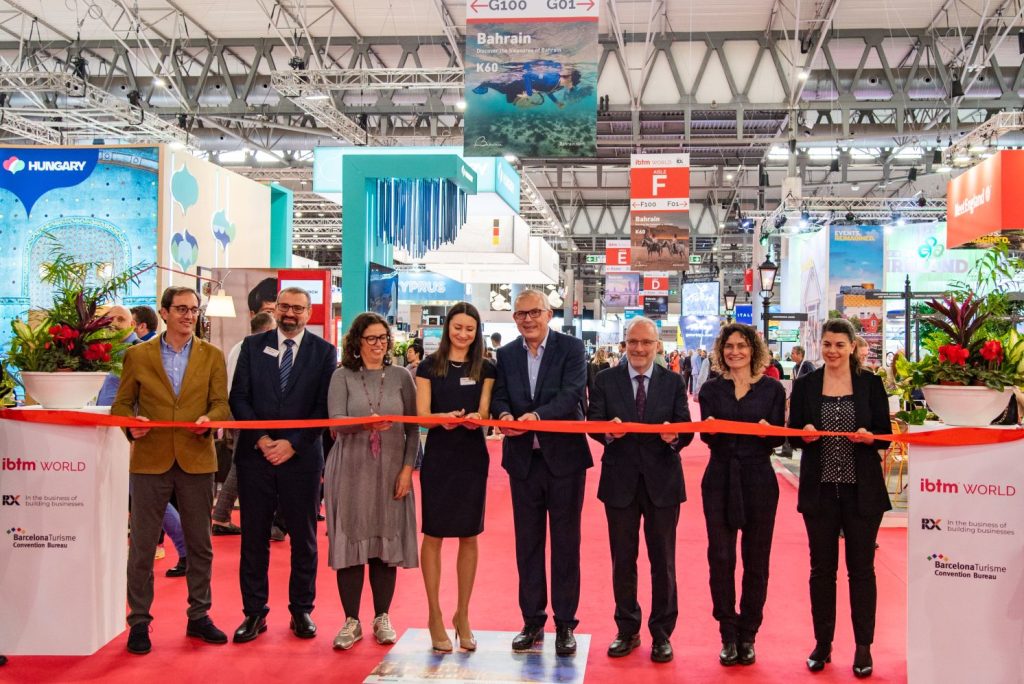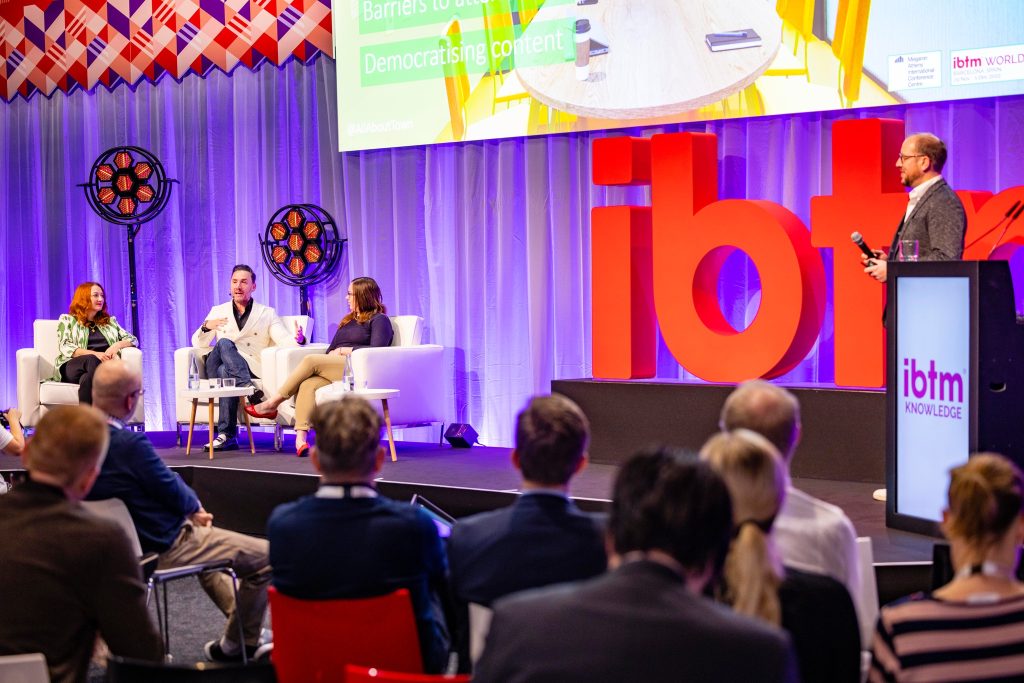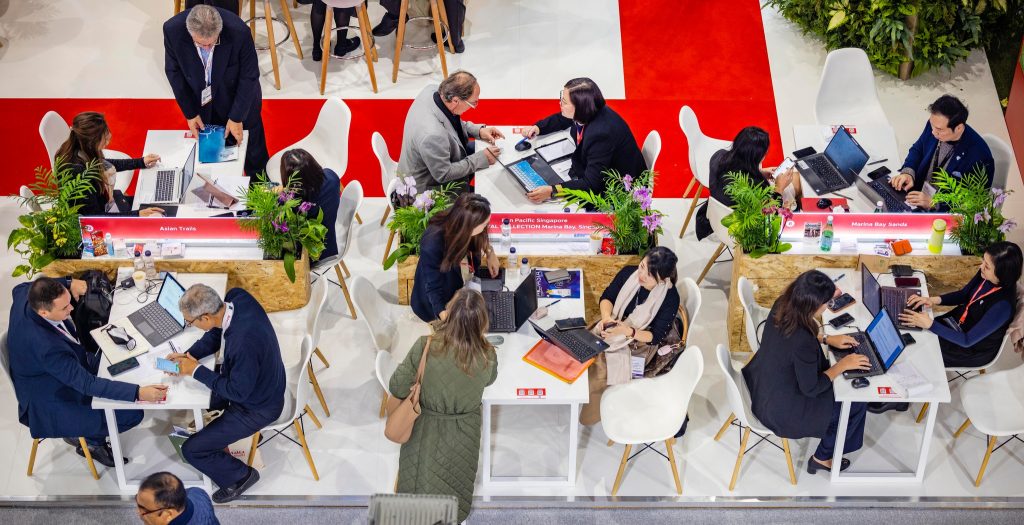5 trends for the future of business events
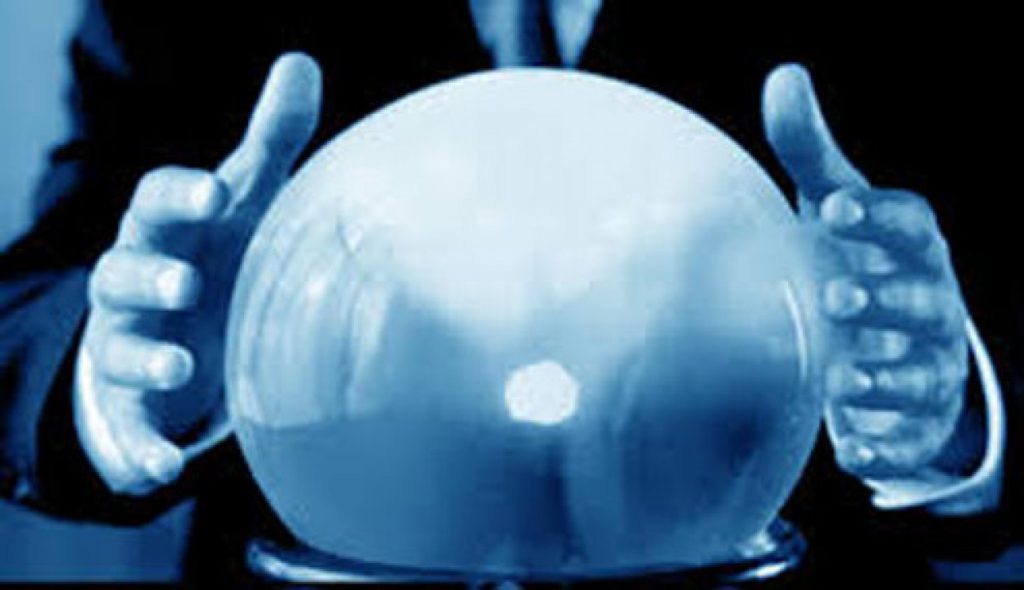
Share news
Listen
Emotional intelligence. No doubt the power of emotions is a powerful asset in events, and increasingly it will be more. The key will be in designing the meetings putting the assistant in the center, that is, making them feel understood, listened to. The expectations of the participants will be higher than ever, therefore, they should not be treated as a homogeneous crowd or a series of people from which to extract behavioral data, but should be recognized as individuals, understood at a more emotional level deep and treated accordingly (they will evaluate if the time invested in attending the event or meeting has really been useful, this could be a new metric for the ROI).
Orchestrated serendipity. A discovery or valuable and unexpected finding that occurs accidentally when you are looking for something different, this is the seredipia. A concept that will permeate the business events, in an orchestrated way, yes, by the organizers (they will not be unexpected surprises). We have life more programmed than ever, we just have to see our daily schedules and routines to realize that we lack spontaneity, something that surprises us, that takes us out of monotony. Therefore, in meetings and events these will be the most significant moments, fortuitous experiences will create memories with a significant and memorable impact. Experiences must embrace the unexpected to involve the participants and make a lasting impression on them.
Multimodal design. A term closely associated with the digital world that is integrated into the design of events for a reason: just as we are all unique, different and have our own personality, the events also have their objectives and specific audience, there is not one exactly the same as another , so the spaces should also reflect that personality and unique needs, from technology to decoration, everything will be designed to adapt to the participants, how they will relate to each other, to the content and to the space of the event. The key: to facilitate the interaction contemplating the peculiarities of the assistants.
Bigger than oneself. What is behind this trend is something that is gaining strength in society and that users demand brands. The content is no longer enough, they want a meaningful message, supported by solid values and with a purpose. Thus, each event must be built on a message with which the participants can feel identified and connect with an experience that is a reflection of the values of the brand. Go beyond saying and passing to doing (from storytelling to storydoing).
Clear sense of place. The choice of destination thinking about how you can enrich the event, make it more memorable, will be one of the factors to take into account when designing the event. Sterile spaces or generic locations no longer make the cut: consumers seek to explore, adventures, new experiences in authentic destinations where they enrich themselves through local cultures.


